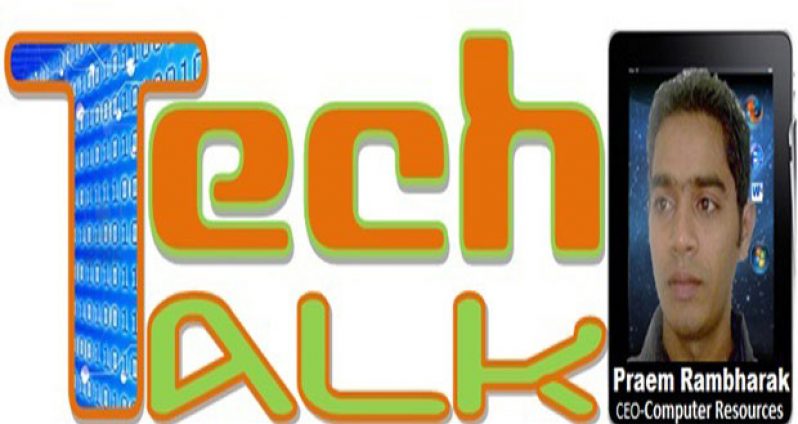Tomorrow is a day when Guyanese will show their power by marking their ‘X’ on the spot. Could that have been done electronically? Next time-perhaps. Fellow Guyanese, Let’s all keep calm and Vote!
Electronics and gadgets are two words that fit very well together. Have you watched the film ‘Fast and the Furious 7’?
So far, initial reviews and feelers on the movie have proved to be massive, and while the movie continues to defy the laws of physics and gravity, it has managed to retain one characteristic – it is a franchise that has its timeline all screwed up, and yet is capable of drawing in the viewers, never mind that they want to hear Vin Diesel do his mumbling act.
Gadget is usually a technological (but not always), small to medium-size device or object, with a strong novelty flavour. Gadgets could be a Tablet computer or a Smartphone, and on the other hand it also could be web-based software with a specific functionality.
Gadgets could be found in various places, such as in Autos, in homes and kitchens, etc.
Children today are more comfortable using Tablets than textbooks. They’re definitely a step ahead of their technologically-challenged parents. And often they’re the ones telling their parents which email server to use, what phone to buy, and even giving a lesson or two on how to use it.
One parent recalls the time the internet was a completely unknown territory to her. She would ask her children to teach her Google, but after a few lessons with her son on his laptop, she now has her own email ID, uses Skype frequently and searches for recipes online.
There is enough literature that suggests technology can impede a child’s development. Many schools have also embraced technology in teaching, understanding that it isn’t just a necessary life skill now, but also changes how students learn.
Technology enables learning to be individualised, allowing students to work at their own pace using different resources.
Technology is central at some schools – students can submit assignments via email; online learning management systems allow teachers to upload assignments and monitor students’ progress; and students blog, make movies and podcasts, and deliver digital presentations; Google Maps is used in geography lessons; students create programmes such as an online voting system to use during school elections.
To ensure maximum benefit to students from available technology during school hours, there are firewalls and monitoring systems that block access to social networking sites and campaigns to promote awareness on internet dangers.
Technology can be a powerful tool for learning, and it can be the same for cheating. It can be used to inform, and to distort. It can boldly open new doors, while flinging open some that were perhaps best left closed; not every topic is appropriate for all age groups.
While some elements in the world of education still want to stress cursive penmanship and hand-editing, it is hard not to admit that technology, specifically and mostly the internet and gadgets, have transformed the modern world.
Ask anyone over the age of 50 with a PhD (Doctor of Philosophy) what it was like to get the information that they needed and they will generally begin to swear and discuss how young people these days have it so soft.
Nothing is free. Everything has a cost. While technology can have very positive effects it can also have some very negative impacts. Things such as cheating are now simpler than ever, and I don’t mean writing on your hand. Your class is allowed to use a graphing calculator for the test? Write a programme on it that contains all the formulas that you need and you pass the test. Chance of being caught? Zero!
Or just take a picture of your homework and send it via SMS (Short Message Service) to your friend, who copies it on the bus on the way to class using his gadget.
The uses of “white-out” for changing or correcting a word is old. It is easier and faster to delete a word from your touch screen tablet, than to erase it from you book. Why go to school with tons of books on your back when you can walk with an e-reader gadget that has WIFI capability?
Using gadgets and internet, people from the north-west district can be trained by someone who is stationed on West Coast of Demerara; you could be living in Guyana and take classes from India.
Technology is changing our world, and we have to understand the implications of its use for our children’s education. Education is affected by technology in a very real way. However, the timeless goals of education should be respected all the way.



.jpg)








